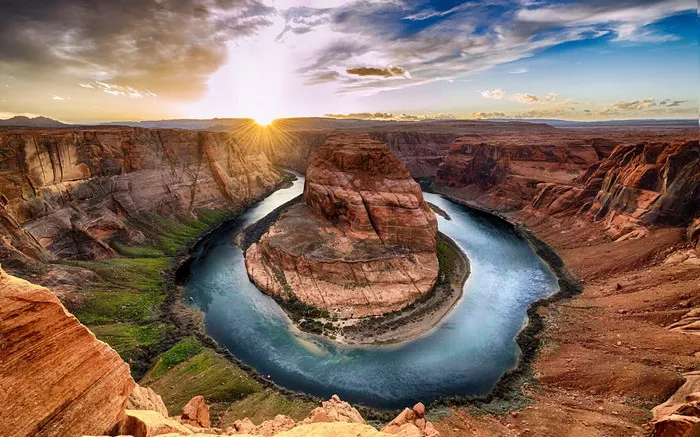The Grand Canyon, one of the most iconic natural wonders in the world, has recently announced a series of sustainability measures aimed at preserving its fragile ecosystem while accommodating millions of visitors each year. The National Park Service (NPS) revealed a comprehensive plan that includes stricter waste management protocols, the expansion of electric shuttle services, and the introduction of a daily visitor cap during peak seasons.
Scientists have raised concerns over the increasing erosion and pollution caused by heavy foot traffic, particularly in popular areas like the South Rim. In response, the NPS has partnered with environmental organizations to implement advanced trail restoration techniques. Additionally, new educational programs will be rolled out to inform tourists about the importance of minimizing their environmental impact.
Local Indigenous tribes, including the Havasupai and Hualapai, have been actively involved in these discussions. Their traditional knowledge of land stewardship has been integrated into conservation strategies, ensuring that cultural heritage is preserved alongside natural beauty. The Grand Canyon’s new policies could set a precedent for other national parks struggling with overtourism.
Meanwhile, geologists have made an exciting discovery in the canyon’s rock layers—a previously unknown fossil bed that could provide insights into prehistoric life. Researchers are carefully excavating the site, hoping to uncover clues about the region’s ancient ecosystems.


